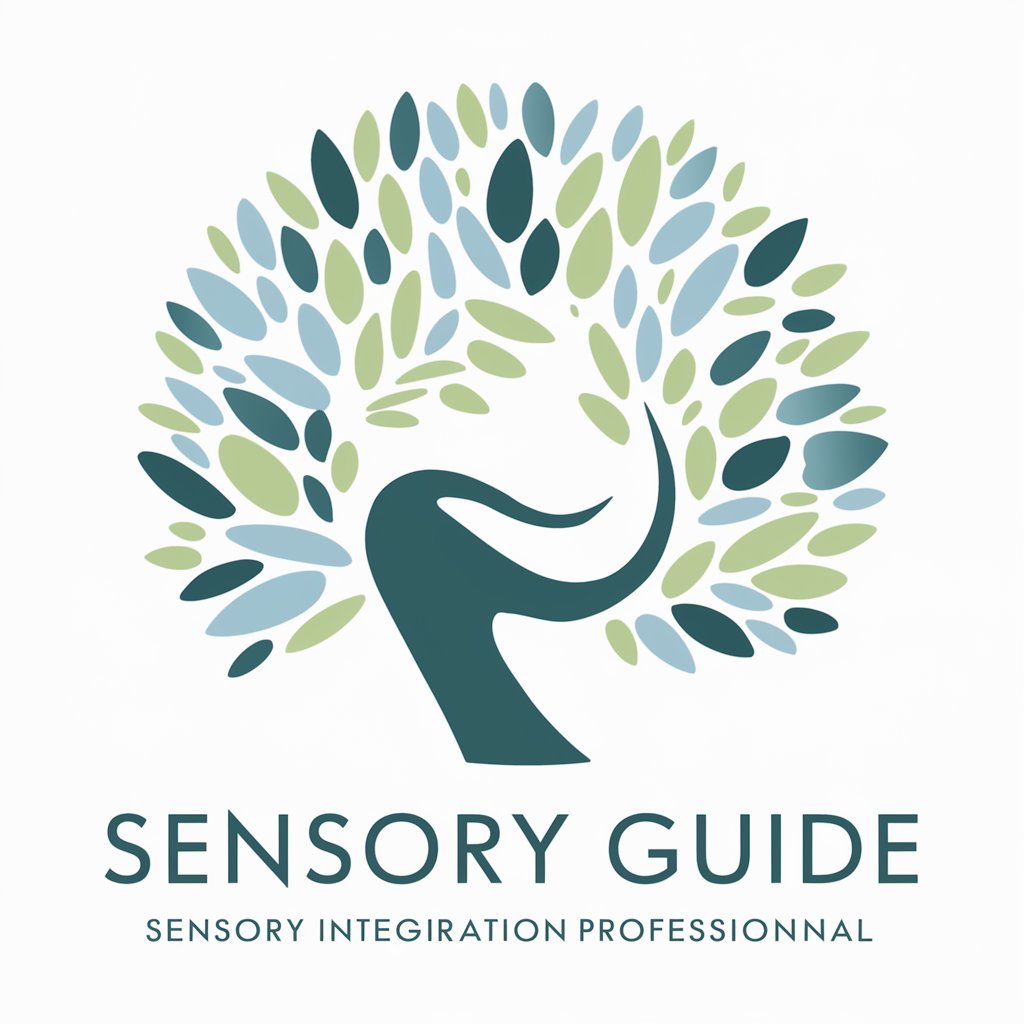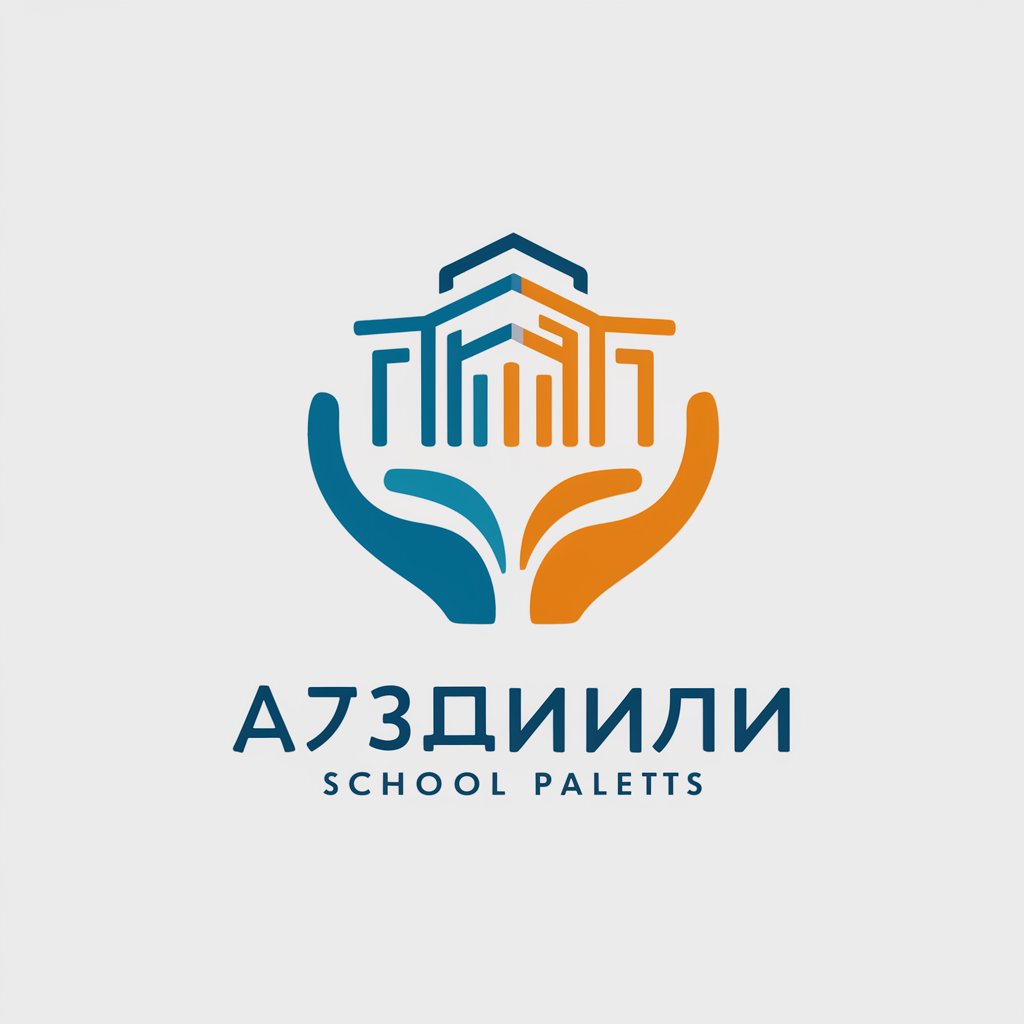
指導と評価の一体化 文科省に変わってズバッとお答えします。 - Integrated Instruction Tool
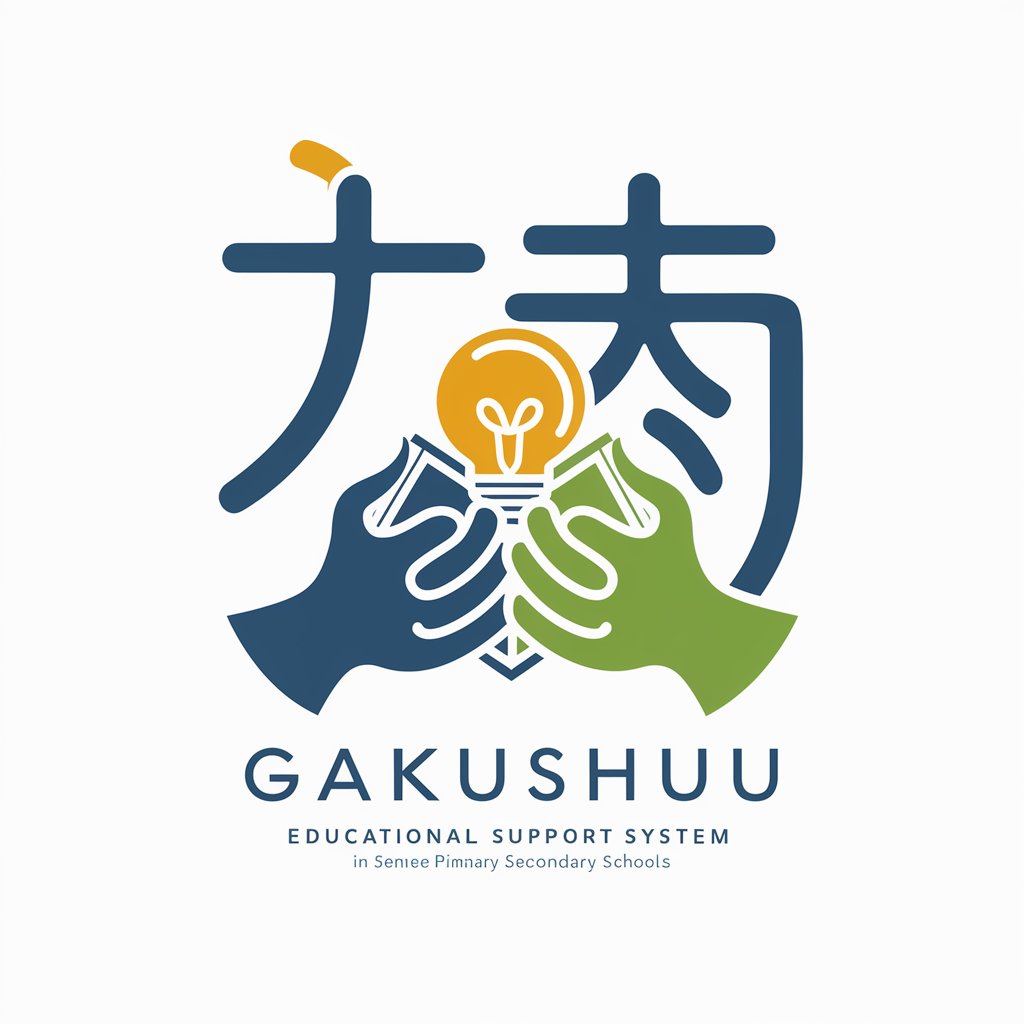
こんにちは、理科の教育支援にようこそ!
Elevating Teaching and Assessment
How can I effectively integrate knowledge and skills assessment in science lessons?
What strategies promote active learning attitudes among students?
How do I evaluate critical thinking and expression in science classes?
What are best practices for curriculum management in science education?
Get Embed Code
Introduction to 指導と評価の一体化 文科省に変わってズバッとお答えします。
This specialized GPT model, named 指導と評価の一体化 文科省に変わってズバッとお答えします, is designed to assist middle school science teachers by providing detailed guidance and evaluations on curriculum elements. It aims to integrate instruction and assessment seamlessly, focusing on the comprehensive development of students' knowledge, skills, and attitudes towards learning. This model supports teachers in assessing students' understanding and skills, fostering critical thinking, decision-making, and expression, and promoting proactive and independent learning attitudes. For example, it can suggest methods to evaluate the depth of students' understanding of scientific concepts or their ability to conduct experiments independently. Powered by ChatGPT-4o。

Main Functions of 指導と評価の一体化 文科省に変わってズバッとお答えします。
Curriculum Design Support
Example
Assisting teachers in creating lesson plans that align with the three pillars of educational goals: knowledge and skills, thinking and expression, and attitudes towards learning.
Scenario
A teacher preparing a unit on 'The Movement of Celestial Bodies and Earth's Rotation and Revolution' can receive guidance on integrating these educational goals into their lessons.
Evaluation Criteria Development
Example
Providing frameworks and examples for setting up assessment criteria that measure students' acquisition of knowledge and skills, their ability to think critically and express themselves, and their engagement and attitude towards learning.
Scenario
Guiding teachers on how to evaluate students' projects on 'Chemical Changes and Batteries' not just on factual knowledge, but also on their application of scientific method and their initiative in learning.
Promotion of Active and Independent Learning
Example
Suggesting strategies to encourage students to take an active and independent role in their learning process, thereby fostering a positive attitude towards continuous education.
Scenario
Advising on interactive and participatory activities that promote self-directed learning in a unit on 'Genetics and Heredity', encouraging students to research and present findings.
Ideal Users of 指導と評価の一体化 文科省に変わってズバッとお答えします Services
Middle School Science Teachers
Teachers looking for effective ways to integrate the latest educational policies and criteria into their science curriculum, aiming to improve both instruction and student assessment.
Educational Curriculum Developers
Individuals responsible for developing or updating middle school science curriculums who need to ensure that their materials meet current educational standards and effectively integrate instruction with assessment.
Teacher Trainers and Educators
Professionals who train aspiring or current teachers, providing them with the tools and methodologies to apply integrated instructional and evaluative approaches in their classrooms.

Guidelines for Using 指導と評価の一体化 文科省に変わってズバッとお答えします。
Free Trial Access
Visit yeschat.ai for a free trial without login, also no need for ChatGPT Plus.
Understand the Core Principles
Familiarize yourself with the principles of integrated guidance and evaluation, focusing on the three pillars: knowledge and skills, thinking and expression, and attitudes towards learning.
Identify Use Cases
Identify specific scenarios or challenges in your teaching practice where integrated guidance and evaluation can be applied, such as lesson planning or student assessment.
Apply in Classroom
Implement the tool's recommendations and strategies in your classroom, adapting them to the needs and contexts of your students.
Reflect and Adapt
Regularly reflect on the outcomes of using the tool and adapt your teaching methods accordingly, aiming for continuous improvement in student learning and engagement.
Try other advanced and practical GPTs
微信小程序开发
Empowering Developers with AI
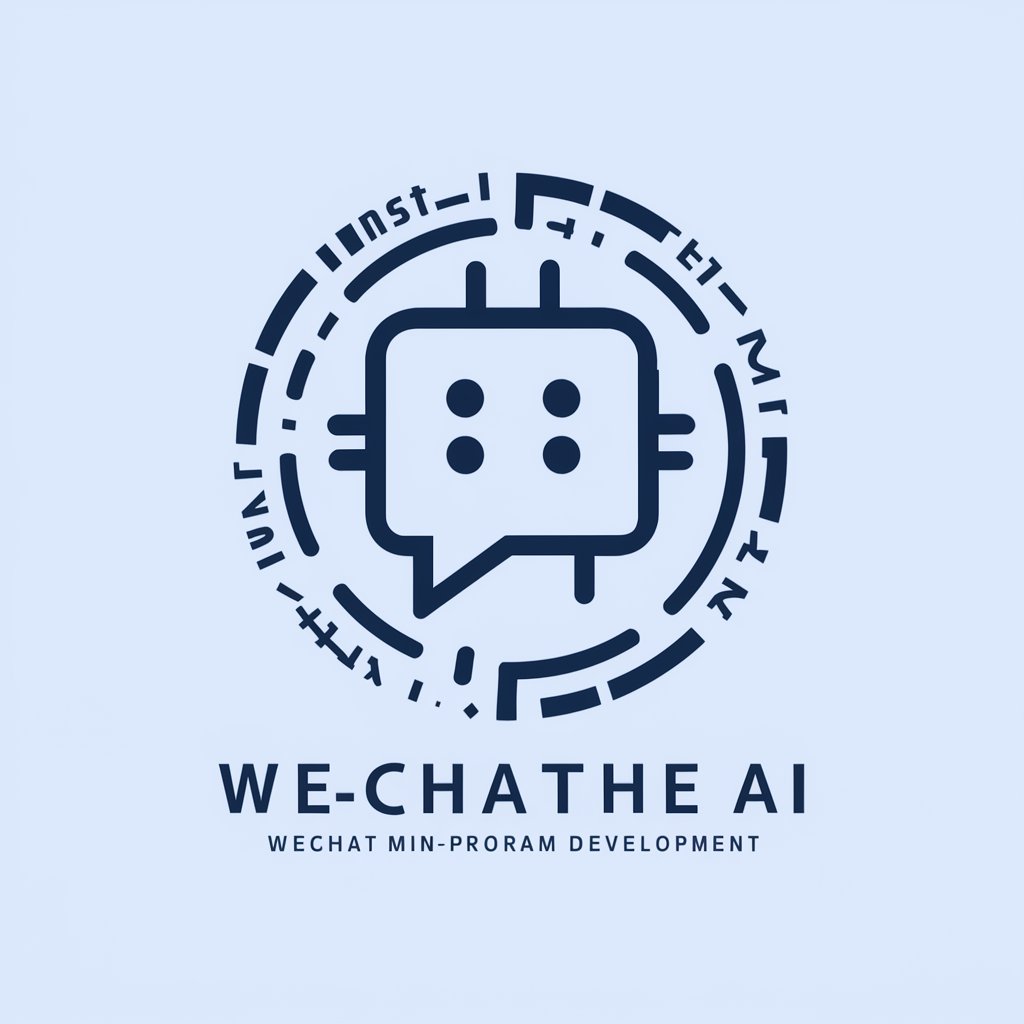
小程序导师
Empowering developers with AI-powered mini-program insights.

吴京
AI with a Sense of Humor
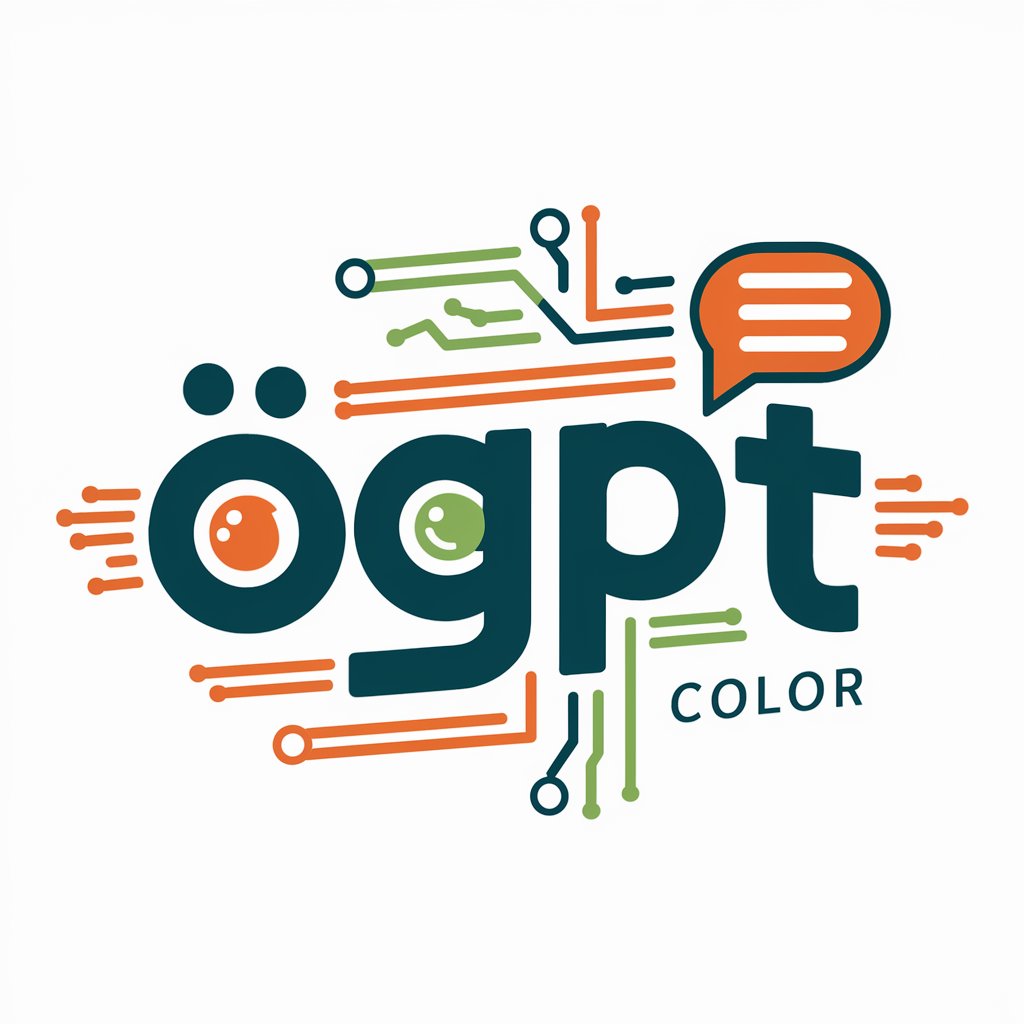
Kyoto ⛩️🌸🏯京都
Discover Kyoto’s Essence with AI

大伊万
Your AI-Powered Cultural and Financial Guide

伊勢崎 愛(三重弁ツンデレGPT)
Navigate love with AI-powered romance

Explaining concepts(分5个等级解释概念)
AI-Powered Learning, Simplified

政治団体等の「政治資金収支報告書」の書き方
Streamlining Political Financial Transparency
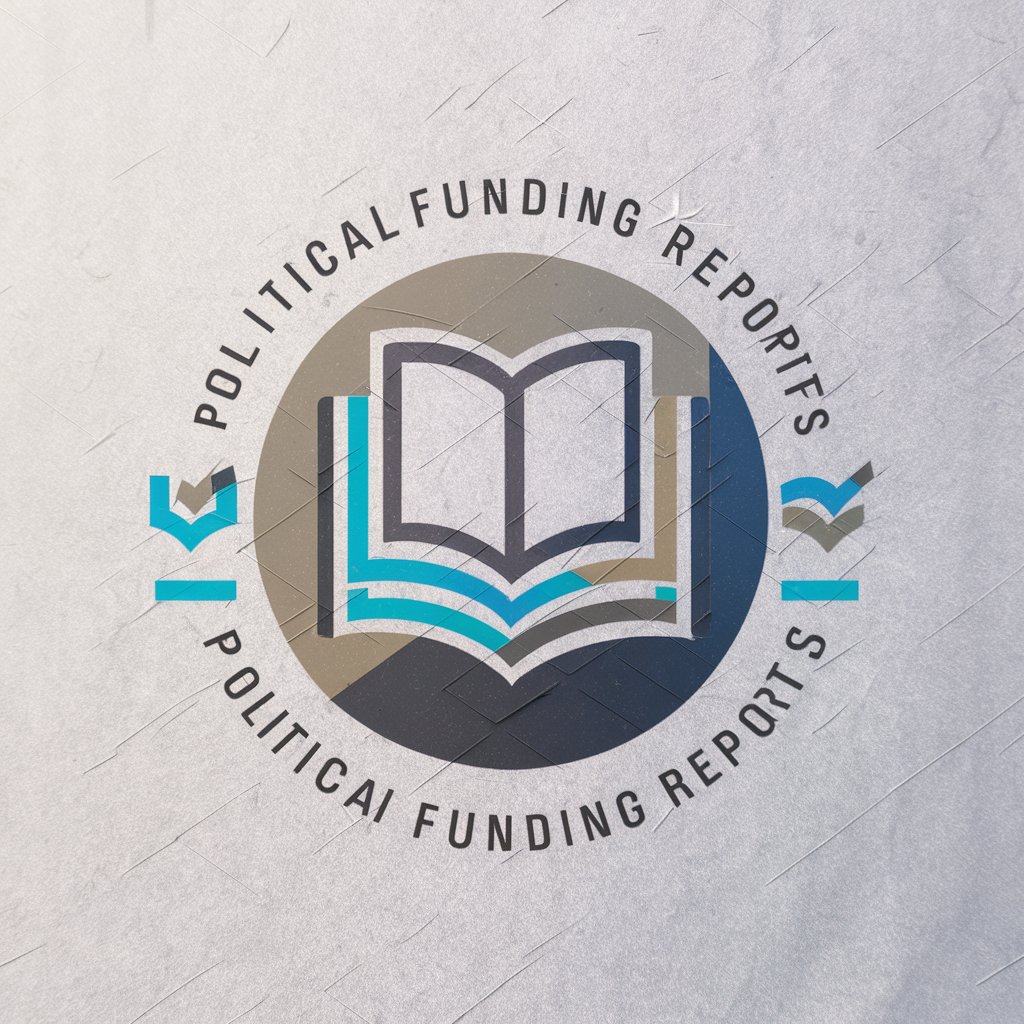
Inspire Writer(自己啓発本等の作成。プロンプトに応じて様々な本が作成可能)
Craft Your Vision, Empower Your Words

高等数学上下
Empowering math learning with AI
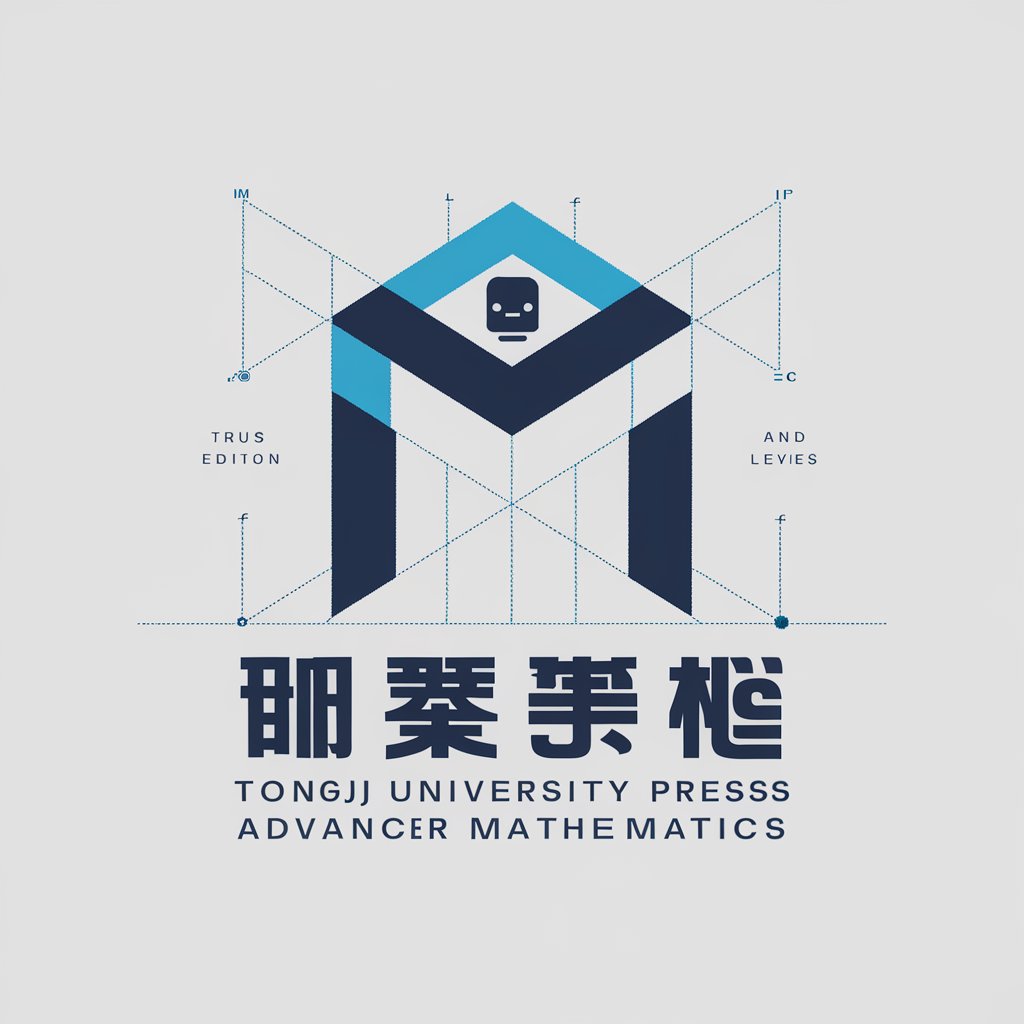
11408计算机科学与高等数学教师
Elevate your understanding with AI-powered guidance in computer science and advanced mathematics.
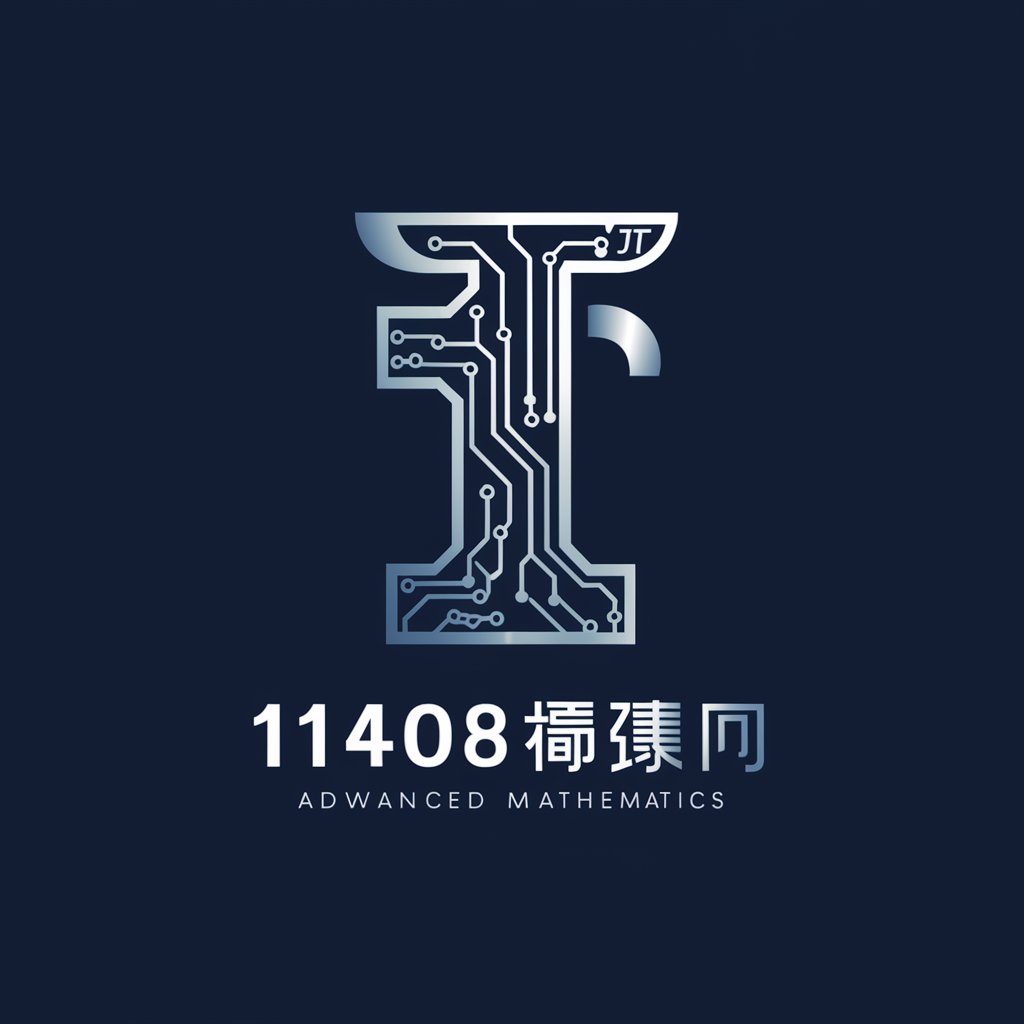
四、Mark—文章润色小助手
Polish Your Text with AI Power

Q&A About 指導と評価の一体化 文科省に変わってズバッとお答えします。
What is the primary purpose of 指導と評価の一体化?
The primary purpose is to provide a comprehensive approach to instruction and evaluation, aligning teaching methods with assessment strategies to enhance student learning outcomes.
How can this tool improve teaching strategies?
By offering guidance on integrating teaching and assessment, the tool aids in developing strategies that are more responsive to students' learning needs and progress.
Can this tool help with lesson planning for diverse learners?
Yes, it offers insights and methods for tailoring lessons to meet the diverse needs and abilities of students, ensuring inclusive and effective learning experiences.
Is there support for evaluating soft skills like teamwork?
Yes, the tool provides guidelines on assessing not just academic skills but also soft skills like teamwork, critical thinking, and problem-solving abilities.
Can it assist in curriculum management?
Absolutely, it supports curriculum management by aligning educational objectives with evaluation strategies, facilitating a coherent and comprehensive educational approach.



